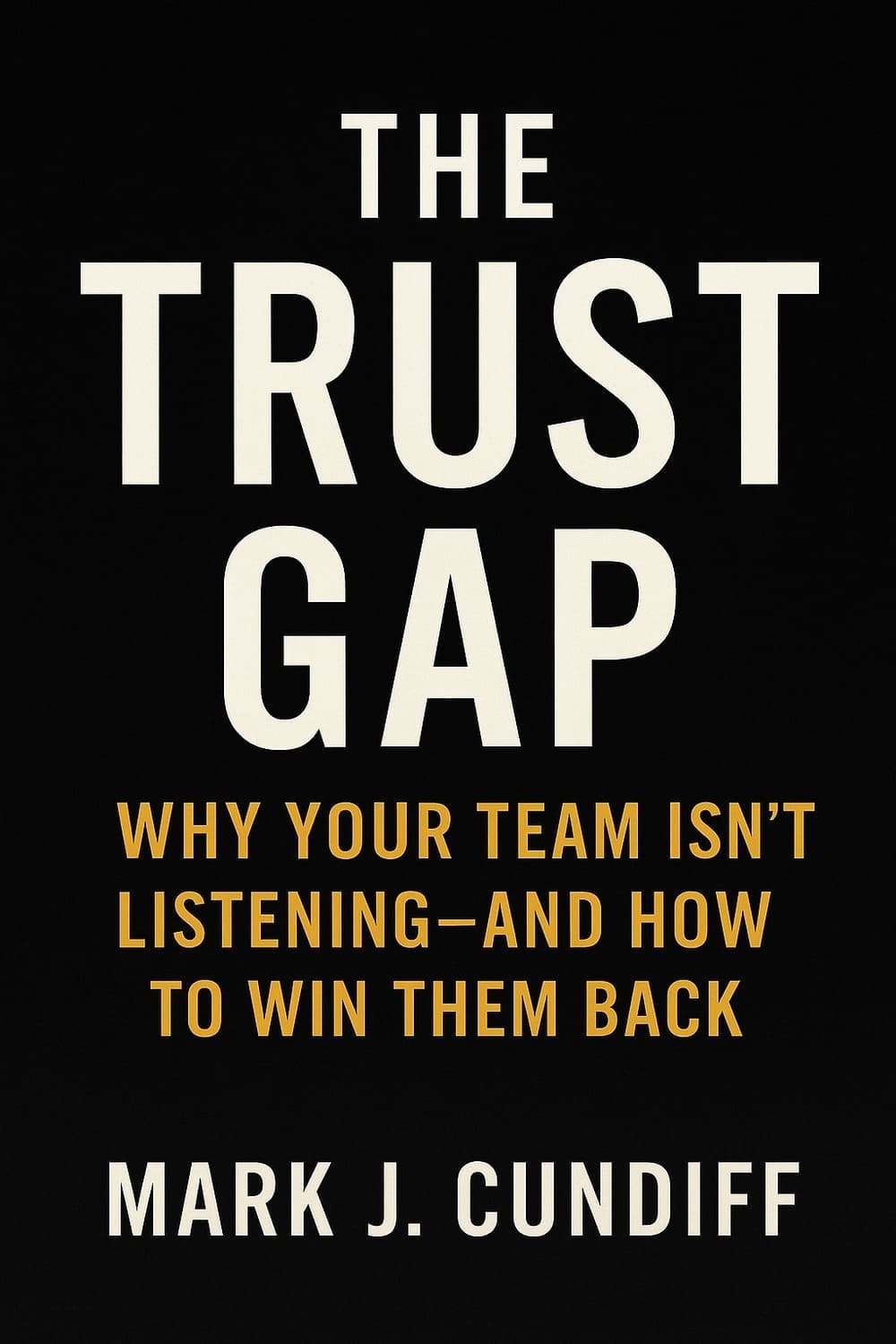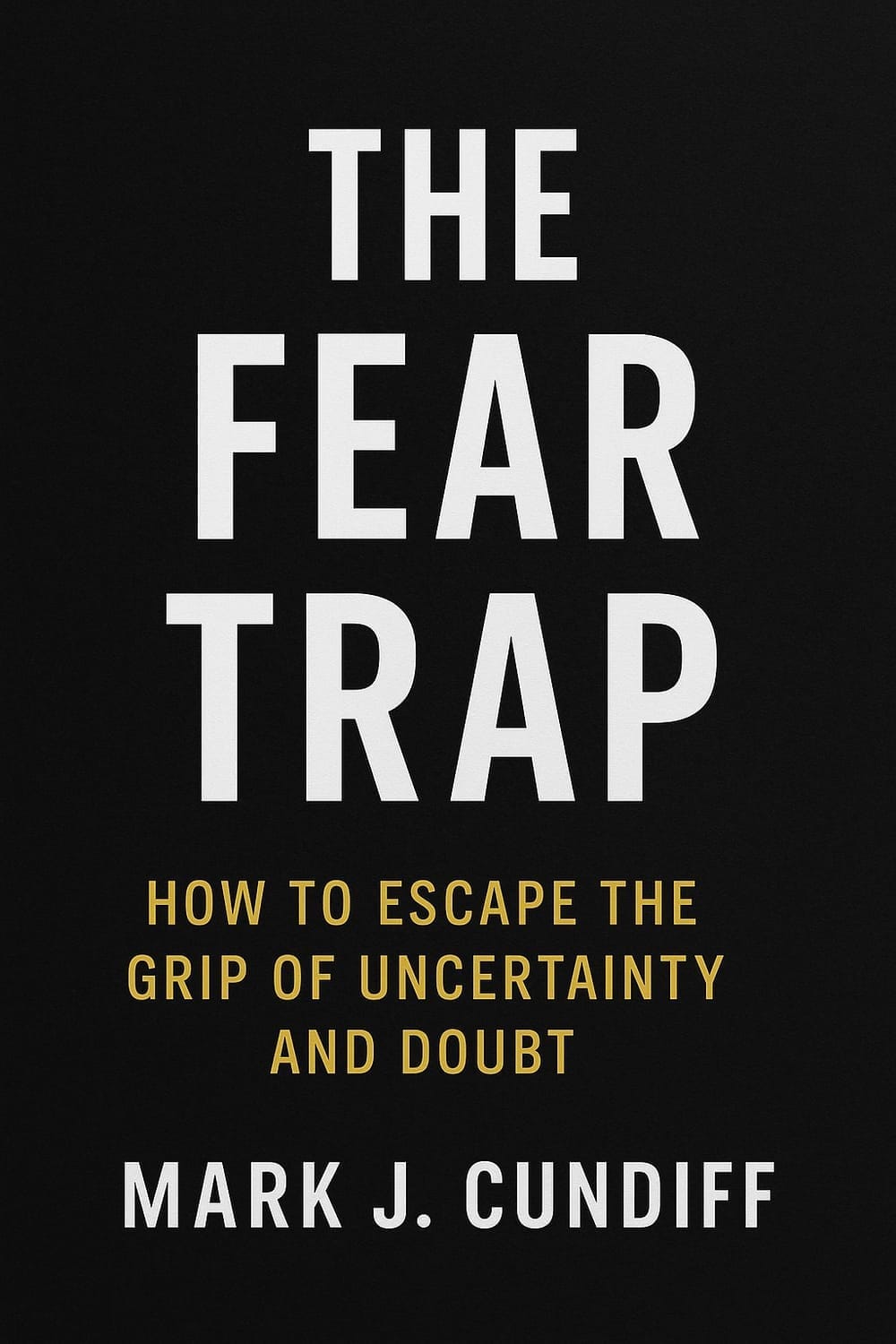How The Mighty Fall by Jim Collins - Book Summary
The Warning Signs No One Heeded
Three years ago, QuantumTech was the darling of Boston's innovation corridor. The CEO, a charismatic leader, started the company with strong momentum. From their sleek offices by the Charles River, they showcased AI solutions that could transform healthcare.
Investors couldn't write checks fast enough. Industry publications featured their leadership team on covers. From the outside, all signs pointed to another billion-dollar unicorn in the making.
But beneath the polished surface, troubling patterns were emerging.
The leadership team began skipping their Monday morning "brutal facts" meetings. Core values that once guided every decision became negotiable when convenient.
The right people left quietly. Flashy new hires with great résumés took their spots, but they didn't fit the culture well. Entitlement slipped into company messages. Now, success felt expected, not earned.
Most concerning was the fever to expand. QuantumTech quickly launched three new product lines. Each one steps away from their proven skills.
The leadership team overlooked warning signs. Jim Collins might call this "selective optimism." When they missed quarterly targets, they blamed outside factors.
"The market isn't ready for our innovation," the CEO assured the board. "These are just temporary setbacks."
Then came the dramatic moment everyone had feared but no one had prepared for. Their main product flopped during a live demo for their biggest potential client.
Customer churn accelerated. Cash reserves dwindled. The company sought help. First, it tried a quick acquisition. Then, it hired a CEO known for making big changes.
By the time they noticed the flashing warning signs, QuantumTech was already in Stage 4 of decline, as Collins notes.
This pattern of decline isn't unique to QuantumTech.
It follows the same predictable sequence Jim Collins reveals in his book How the Mighty Fall—a roadmap not of failure, but of how to prevent it.
The Five Stages of Decline: A Leadership Field Guide
Collins and his colleagues conducted careful research. They found five clear stages that can turn a respected company into a warning sign, even if it still looks successful on the outside.
Stage 1: Hubris Born of Success
The first step toward decline begins with success itself. When organizations achieve greatness, a dangerous shift in mindset occurs. Leaders begin to view success as an entitlement rather than the result of disciplined thinking and execution.
Warning Signs:
Success is viewed as "deserved" rather than the result of focused effort.
Leaders neglect the core values and disciplines that created success.
The question "Why are we successful?" is replaced with "Look how successful we are!"
Leaders lose their learning orientation.
The role of luck and timing in success is discounted or ignored.
Real-World Example: Motorola led the cell phone market with analog devices. However, they missed the shift to digital technology. They thought their strong position couldn't be challenged.
What To Do: Stay relentlessly curious about what's truly driving your success. Protect your core values as non-negotiable. Keep fact-based dialogue alive, especially when things seem to be going well.
Stage 2: Undisciplined Pursuit of More
In this stage, companies overreach, expanding into areas where they cannot be exceptional. Growth becomes the goal rather than greatness. The organization stretches beyond its capacity to get the right people in key positions.
Warning Signs:
Unsustainable quest for growth at all costs
Making undisciplined leaps into areas outside your Hedgehog Concept
Declining proportion of right people in key seats
Bureaucracy subverts discipline
Easy cash erodes cost discipline.
Personal interests are placed above organizational interests.
Real-World Example: Rubbermaid aimed to launch one new product each day. This bold move caused costly mistakes and tired out the team.
What To Do: Channel ambition through disciplined creativity. Ensure growth aligns with your Hedgehog Concept (what you can be best at, what drives your economic engine, and what you're passionate about). Build your team ahead of your growth curve.
Stage 3: Denial of Risk and Peril
By Stage 3, internal warning signs mount while external results may still appear strong. Leaders often ignore negative data. They focus only on information that supports their beliefs.
Warning Signs:
Amplifying positive data while discounting negative information
Making big bets without empirical validation
Taking huge risks based on ambiguous data
Erosion of healthy team dynamics and open dialogue
Externalizing blame for setbacks
Obsessive reorganizations that distract from core issues
Leaders are becoming detached from day-to-day operations.
Real-World Example: Circuit City faced difficulties. They pointed to market conditions instead of fixing their poor customer experience and old business model.
What To Do: Embrace open debate. Create mechanisms that force you to confront brutal facts. Build high-performance teams willing to challenge assumptions and speak truth to power.
Stage 4: Grasping for Salvation
Panic sets in during Stage 4. Leaders look for a quick fix. They want a big cultural change, a groundbreaking acquisition, or a dynamic new CEO. This reactive phase often drains precious resources on unproven strategies.
Warning Signs:
Pursuing radical transformations and "bold moves"
Making large acquisitions to transform the company in one swoop
Reacting to threats with desperate, cash-draining moves
Chronic restructuring that destroys momentum
Seeking a visionary outsider as savior
Real-World Example: Hewlett-Packard made a big gamble by buying Compaq when Carly Fiorina was CEO. This decision caused years of confusion and a decline in market position.
What To Do: Reject silver bullets. Instead, return to disciplined execution. Reconnect with your Hedgehog Concept. Build momentum through a series of good decisions that compound over time.
Stage 5: Capitulation to Irrelevance or Death
In this final stage, repeated setbacks and failures erode financial strength and will to continue. The organization either sells out, dissolves, or continues as a shadow of its former self.
Warning Signs:
Running out of options as cash and credit dry up
Loss of key talent and institutional knowledge
Erosion of customer base and brand value
Technological obsolescence or market irrelevance
Real-World Example: Circuit City declined and eventually liquidated. It couldn’t adapt to changes in retail electronics.
What to Do: At this stage, options are severely limited. Protecting financial oxygen becomes paramount. If recovery is still possible, it requires returning to the disciplines that build great companies.
The Path to Recovery: From Decline to Renewal
The encouraging message from Collins is clear: decline is not destiny. With the right leadership and choices, recovery is possible, especially if caught in earlier stages.
The path back follows the same blueprint Collins outlined in Good to Great and Built to Last:
1. Disciplined People
Level 5 Leadership: Ambition for the enterprise, not personal glory
First Who, Then What: Get the right people in key seats before determining strategy
2. Disciplined Thought
Confront Brutal Facts: Maintain unwavering faith while facing reality.
The Hedgehog Concept: Focus on what you can be best at, what drives your economic engine, and what you're passionate about
3. Disciplined Action
Culture of Discipline: Freedom within a framework of responsibilities
The Flywheel Effect: Building momentum through consistent, aligned actions
4. Building Greatness to Last
Clock Building, Not Time Telling: Build enduring mechanisms
Preserve Core/Stimulate Progress: Maintain timeless core values while continuously evolving.
Key Takeaways
Success is not a vaccine against failure. Most organizational decline is self-inflicted and avoidable.
The mighty fall in stages. Decline follows a predictable pattern that begins with hubris and ends with irrelevance.
Early warning signs are internal. Notice small changes in culture, talk, and discipline before outside results worsen.
There are no silver bullets. Recovery comes from disciplined people making disciplined decisions that build momentum.
Financial strength can mask weakness. Profitability doesn't ensure stability; you can be profitable and bankrupt.
The right leadership matters. Level 5 leaders confront brutal facts with unwavering resolve and put the organization above self.
Your Flywheel is precious. Nurture and protect what makes you exceptional rather than chasing growth for its own sake.
Decline is not inevitable. With careful attention and strong leadership, companies can spot decline early and act quickly.
FAQ: Understanding How the Mighty Fall
Q: What makes this book different from Collins' other works?
A: While Good to Great and Built to Last focus on building greatness, How the Mighty Fall examines how that greatness can be lost.
It provides the warning signs and preventive measures to avoid decline. Together, these books offer a complete cycle of understanding organizational performance.
Q: Can companies recover once the decline has begun?
A: Yes, especially if caught in earlier stages. Recovery requires returning to disciplined thinking and execution.
The further into decline, the more difficult recovery becomes—but it's possible with the right leadership and choices.
Q: What role does The Flywheel Effect play in preventing decline?
A: The Flywheel represents the consistent, aligned momentum that drives sustainable success.
When organizations ditch their Flywheel for hasty growth or easy fixes, they often face decline.
Staying true to your Flywheel—while allowing it to evolve—is key to long-term performance.
Q: How can leaders detect early warning signs of decline?
A: Monitor the quality of your leadership team discussions.
Are people bringing up unpleasant facts?
Is the debate rigorous and fact-based?
Are decisions being made with empirical validation?
Watch for changes in culture. Notice if there’s a shift from core values or more feelings of entitlement.
Q: Is growth itself dangerous?
A: Not when pursued with discipline. The danger arises when you grow too quickly for your team to keep up.
This breaks "Packard's Law." It also happens when you expand beyond your Hedgehog Concept into areas where you can't excel.
Q: What's the most common mistake companies make when trying to recover?
A: Seeking quick fixes—big changes, bold strategy shifts, or hiring rescue CEOs. Recovery comes from returning to disciplined thinking and execution, not revolutionary transformations.
Final Thoughts
In a business world that loves disruption and the "move fast, break things" approach, Collins provides a wise counterbalance. The path to enduring greatness isn't found in dramatic leaps but in consistent discipline.
The mighty fall not because of changing markets or fierce competition, but because they forget what made them mighty in the first place.
Stay vigilant. Stay humble. And keep your Flywheel turning.
Join over 3,900 Fellow Leaders reading The Learning To Lead Newsletter each week!
Recent Articles

Join over 3,900 Fellow Leaders reading The Learning To Lead Newsletter each week!
©2025 Learning To Lead | Helping Good Leaders Become Great Leaders


